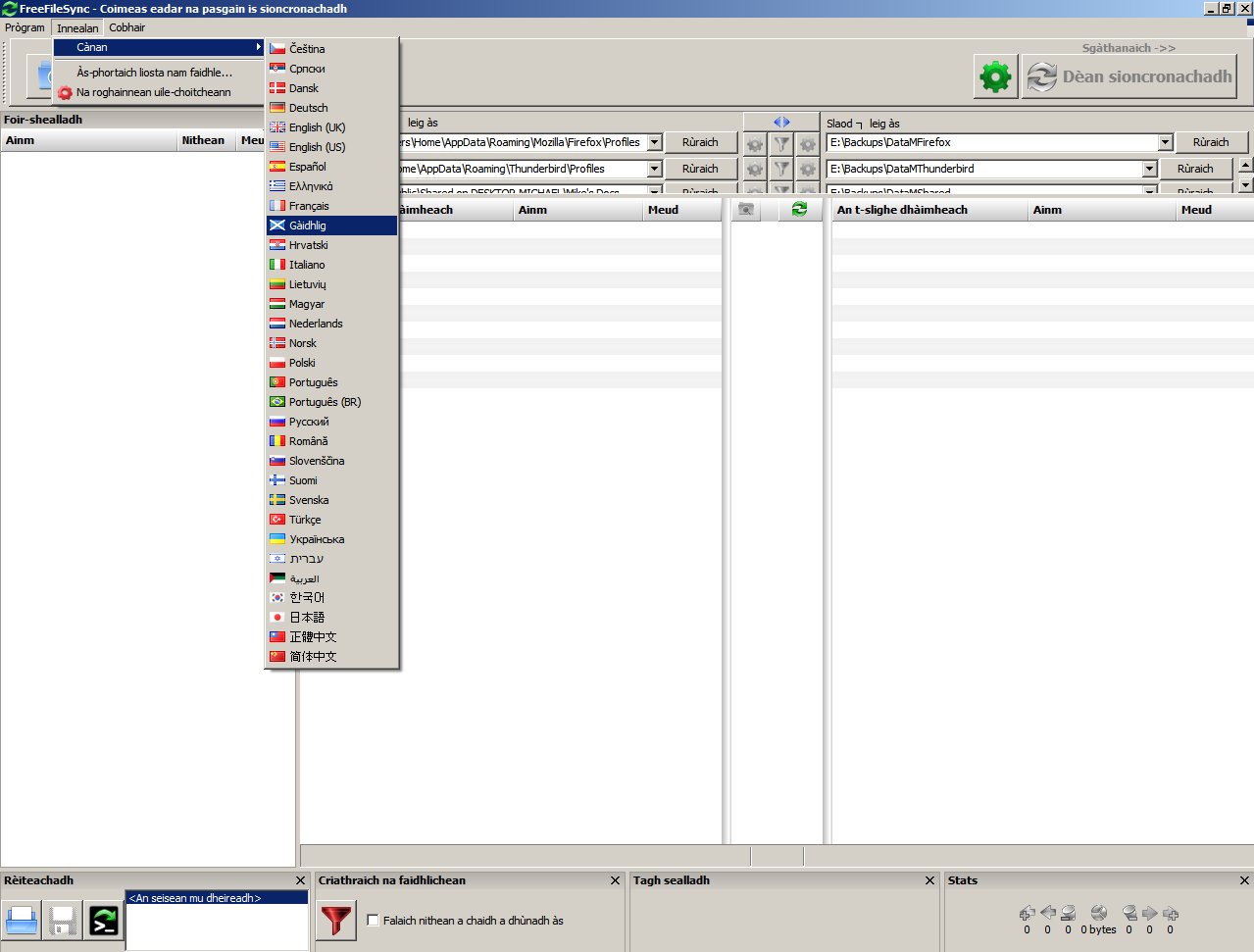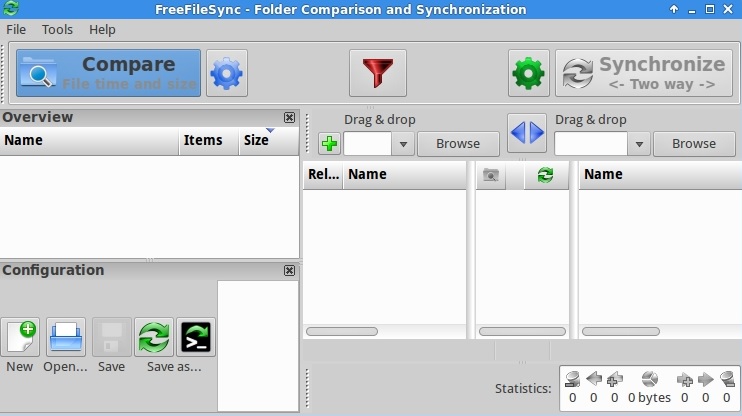

we are telling node. In fs.readFile() method, we can read a file in a non-blocking asynchronous way, but in the fs.readFileSync() method, we can read files in a synchronous way, i.e.

Lsyncd aggregates events up to 1000 separate events, or a 15-second delay before synchronizing, whichever happens first, so our changes may not be synced immediately. The fs.readFileSync() method is an inbuilt application programming interface of the fs module which is used to read the file and return its content. $ echo "This is line 2" > sample/source/file01.bin If we edit files in the source directory, lsyncd will automatically reflect it in the target directory: $ cat sample/source/file01.bin $ lsyncd -rsync /home/baeldung/sample/source /home/baeldung/sample/targetġ5:41:03 Normal: - Startup, daemonizing. It is optimized for highest performance and usability without restricted or. The command above will copy/mirror the source directory recursively to the target directory: $ tree sample FreeFileSync is an Open-Source folder comparison and synchronization tool.

If the target directory is on a different machine: $ lsyncd -rsyncssh /home/baeldung/sample/source/ target-path/ Let’s set up a local lsync: $ lsyncd -rsync /home/baeldung/sample/source /home/baeldung/sample/target For version 11.17, the changes are described as follows Show per-file progress in percent when copying large files Log app initialization errors Fixed uncaught exception after installation Defer testing for third-party buggy DLLs until after. Our ~/sample/source directory will now sync to ~/sample/target directory every minute. The last version of FreeFileSync that allowed local installation for a non-administrator user was 11.16. However, as a simple and accessible syncing solution - if thats all you need - Google Drive is one of the best options to consider.
FREEFILESYNC CHANGE LOG PATH HOW TO
The script removed the files in the target directory successfully. From this article you will learn how to synchronize folders between local drive and Amazon S3 and vise versa, how to upload only new and changed files to. Let’s delete a file ( ~/sample/source/file01.bin) from the source to see if it will also delete the same file from the target: $ rm sample/source/file01.bin


 0 kommentar(er)
0 kommentar(er)
